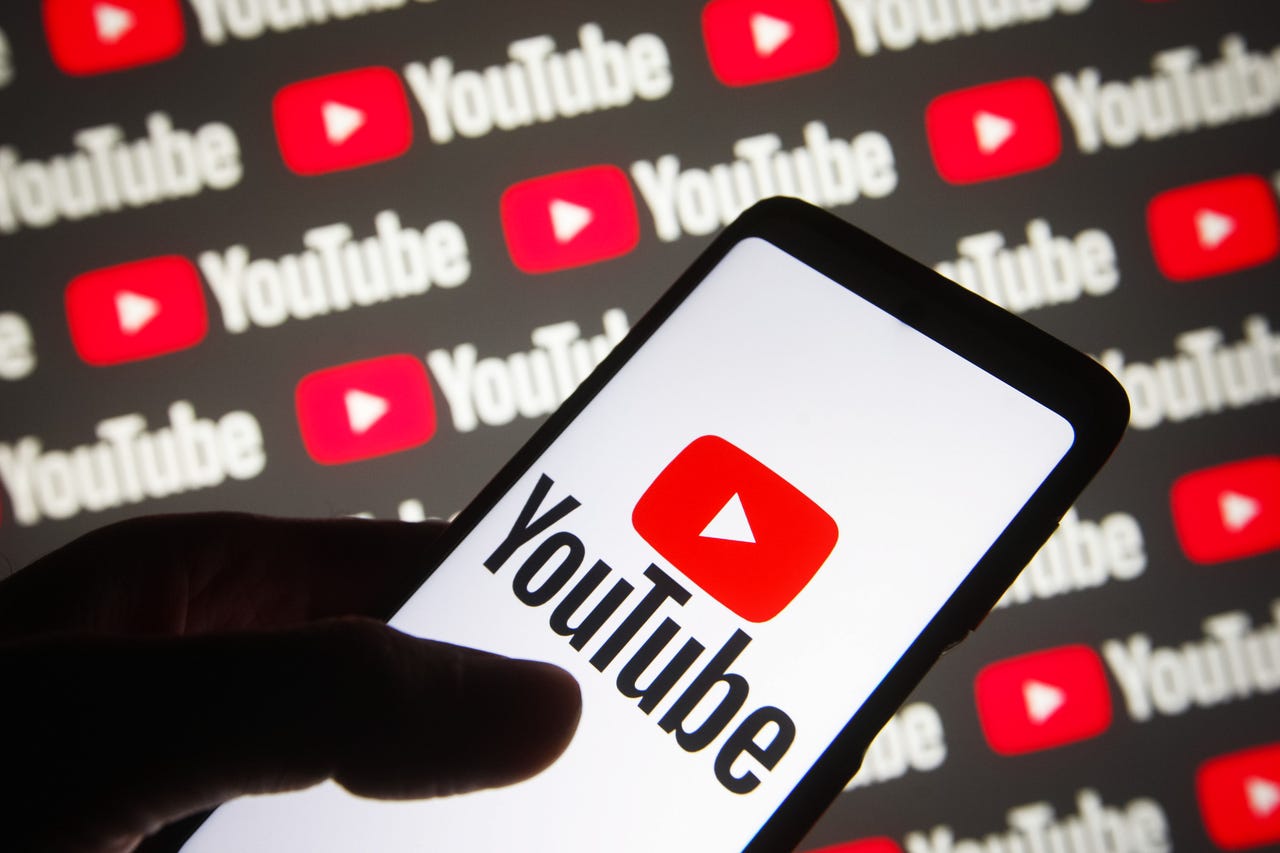































 Image: SOPA Images/Getty Images
Image: SOPA Images/Getty Images YouTube's new chief executive Neal Mohan, who recently succeeded Susan Wojcicki, penned his first letter to the public regarding YouTube, and he hit the ground running.
The letter revealed several upcoming projects for the Google-owned video-streaming service, with the biggest standout being the implementation of generative AI on the platform.
ChatGPT's massive popularity since launching has prompted other platforms -- such as Google Search, Bing, Snapchat, and Skype -- to begin strategizing how they can emulate its success. Not surprisingly, YouTube wants to get in on the action.
Also: ChatGPT: What the New York Times and others are getting terribly wrong about it
When Wojcicki stepped down back in February, she alluded to the fact that YouTube had AI projects in the works.
"With all we're doing across Shorts, streaming, and subscriptions, together with the promises of AI, YouTube's most exciting opportunities are ahead, and Neal is the right person to lead us," Wojcicki wrote in a note announcing her departure.
Mohan's first letter serves as a confirmation of this sentiment, as he pointed to specific examples of how we can expect to see AI implemented on YouTube in the future. For instance, users may try "virtually swapping outfits" and "creating a fantastical film setting through AI's generative capabilities."
Also: What is generative AI and why is it so popular? Here's everything you need to know
The major goal of adopting AI on the platform is to help creators expand their storytelling and raise production values, according to Mohan. Despite only sharing a vague timeline, he encouraged the public to stay tuned in the upcoming months for a rollout of these tools.
The CEO also said that the company is taking its time putting the necessary protections and guardrails in place to ensure a positive experience. These types of precautions are especially necessary after witnessing other platforms' take on AI, such as Google's and Bing's, and make blunders upon launching.
Some other changes announced include more ways for creators to make money, facilitating creator feedback, caption language expansion, YouTube TV additions, and added YouTube protections.
 Tags chauds:
Intelligence artificielle
Innovation et Innovation
Tags chauds:
Intelligence artificielle
Innovation et Innovation